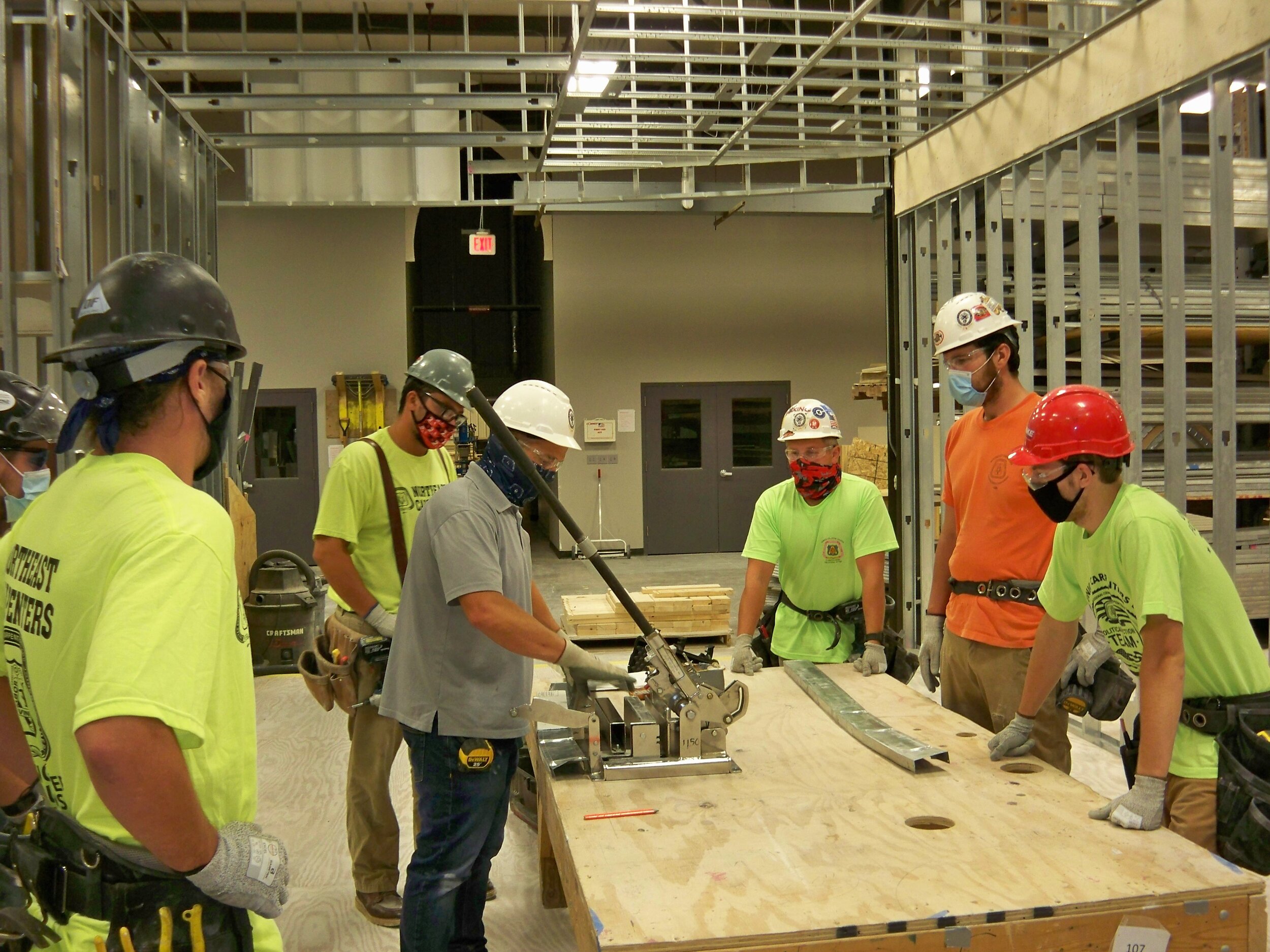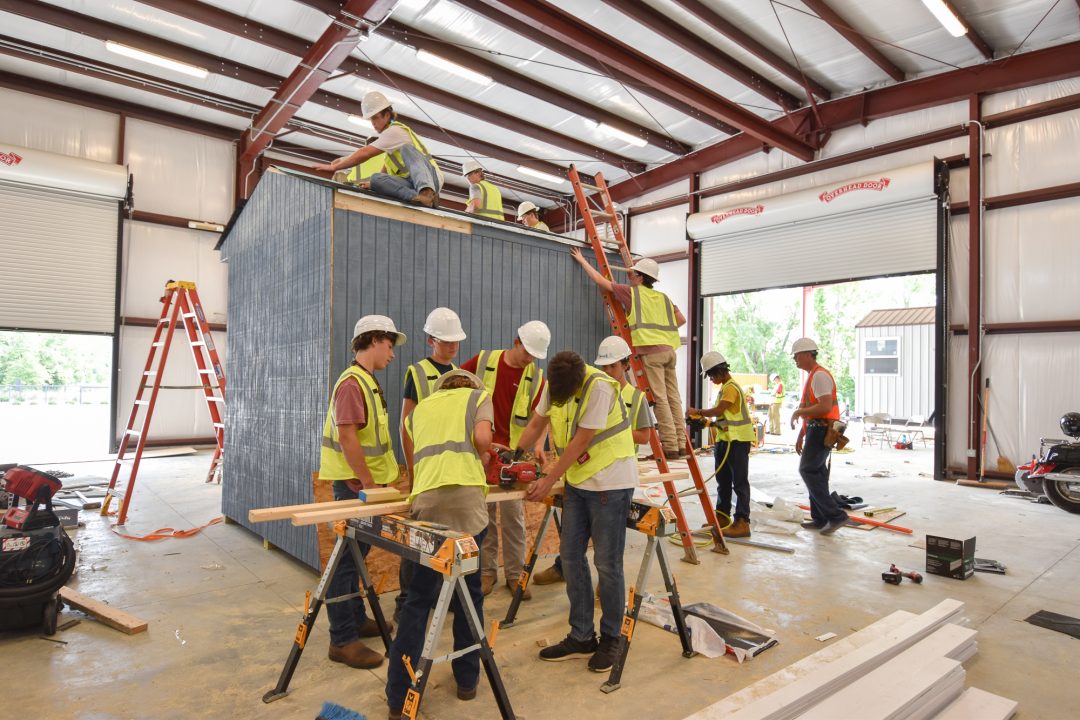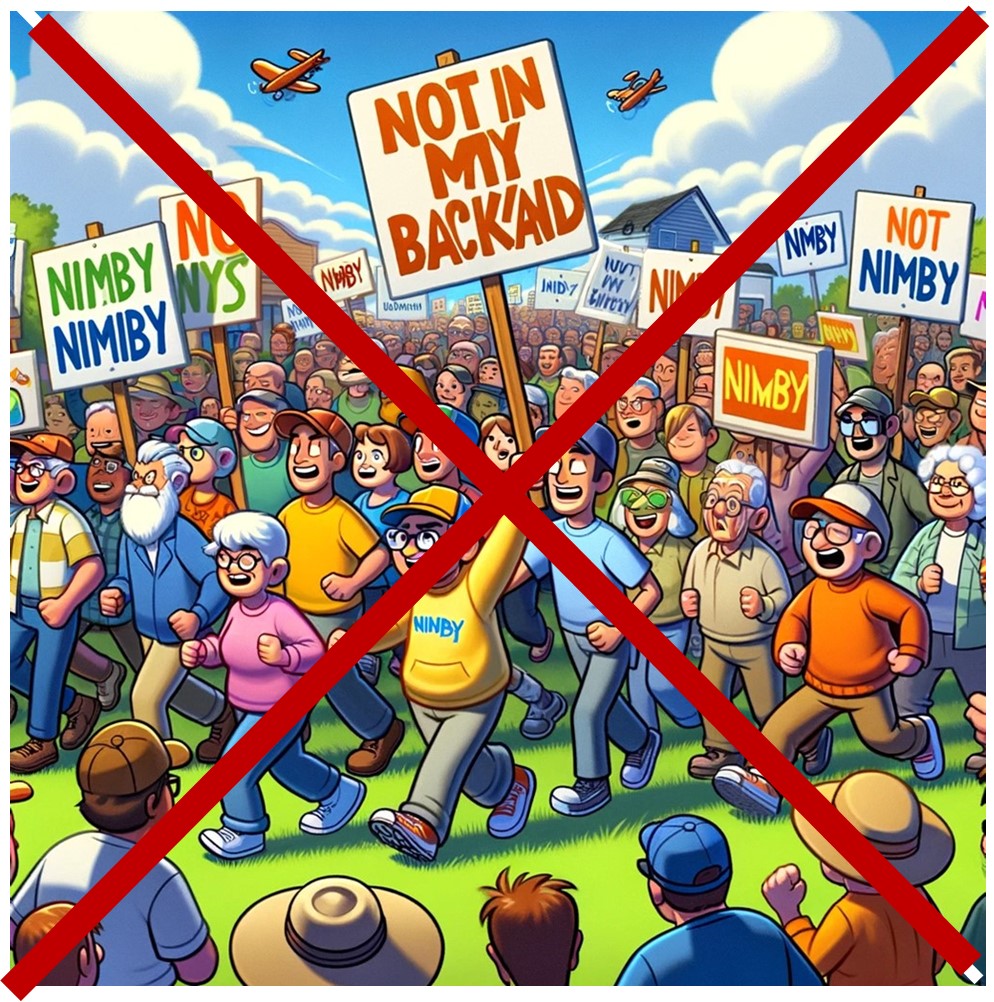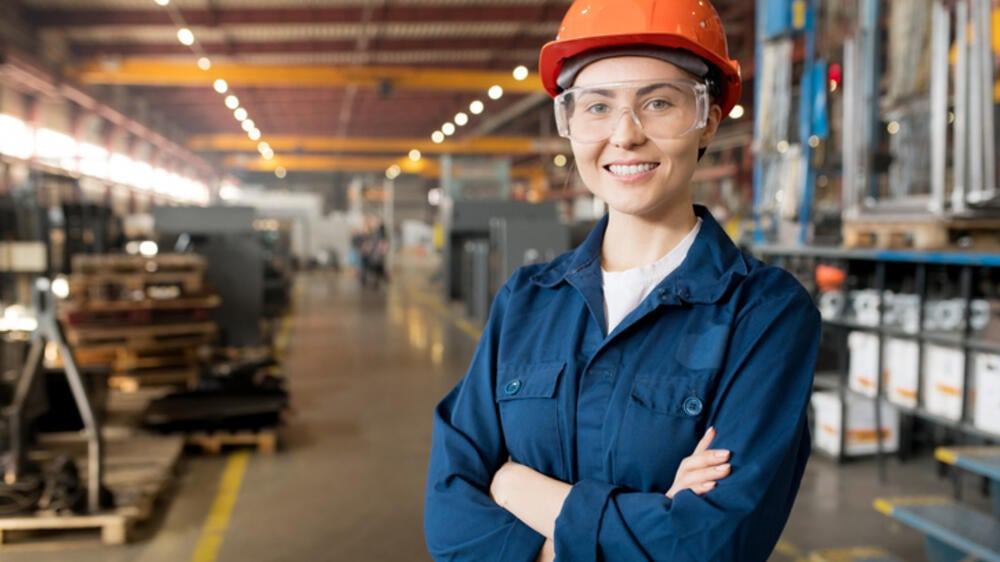By Gary Fleisher
In the sprawling urban landscapes and the quiet suburban streets across the United States, a crisis silently grows – a housing crisis that demands immediate attention. With an estimated 7 million more homes needed to shelter our burgeoning population, the challenge is not just about land and materials, but critically, about the human hands and minds that will build these homes.
The heart of the matter lies in a stark reality: the United States faces a significant scarcity of skilled construction labor. This gap in the workforce is not a sudden development; it’s the result of years of societal and educational trends that have subtly yet powerfully steered young talent away from trades and vocational paths. The longstanding emphasis on four-year college degrees has, perhaps inadvertently, eclipsed the vital roles that skilled tradespeople like electricians, plumbers, and carpenters play in our society. These professions are the backbone of our construction industry, and their shortfall poses a dire challenge to our housing goals.

Several states have recognized this looming crisis and have taken proactive steps to address it. They’re investing in the future of construction through various initiatives designed to bolster the workforce. This includes funding apprenticeships, strengthening community college programs, and providing industry-specific grants. The objective is clear and commendable: to build a strong, skilled, and sustainable domestic construction workforce.
Recently, Maryland Gov. Wes Moore, a Democrat, signed an executive order requiring officials overseeing state construction projects of more than $5 million to consider using contractors participating in registered apprenticeship programs.
However, despite these efforts, there’s an area where the industry falls short – inclusivity in recruitment. The construction sector has historically been less accessible to underrepresented groups. This is particularly evident in apprenticeship programs and trade skills training, which often fail to reach, attract, or retain women and people of color. This lack of diversity is not just a social issue; it’s a business one, limiting the potential of the industry to grow and meet the diverse needs of our nation.

It’s here that the role of offsite construction companies becomes pivotal. These companies, which pre-manufacture components of a building in a factory before assembling them on site, stand at the forefront of innovation in construction. They have the opportunity, and indeed the responsibility, to lead the charge in adopting more inclusive recruitment strategies. By actively seeking talent from diverse backgrounds and creating an environment where different perspectives are valued, offsite construction companies can help bridge the diversity gap in the industry.
The benefits of such an approach are manifold. Diversity in the workforce brings in a range of perspectives, ideas, and solutions, fostering innovation and creativity. It also reflects the diverse nature of the communities that the construction industry serves, ensuring that the built environment caters to a wide array of needs and preferences.
Moreover, embracing inclusivity in recruitment isn’t just about filling the current labor gap; it’s about future-proofing the industry. As the demographic makeup of the United States continues to evolve, the construction industry must adapt to remain relevant and effective. Companies that are early adopters of this inclusive approach will be better positioned to attract and retain the best talent, securing their place as leaders in a competitive market.
But this isn’t just a call to action for offsite construction companies. It’s a broader appeal to all stakeholders in the construction industry – from policymakers and educators to on-the-ground contractors and tradespeople. There’s a need for a collective shift in how we view, value, and promote skilled trades. This includes dispelling the outdated notion that success only comes with a four-year college degree and highlighting the lucrative and fulfilling career paths that trades offer.
In addition, there’s a pressing need to reform how we approach vocational training and apprenticeships. These programs should be designed to be more inclusive and accessible, providing opportunities for people from all walks of life to learn, grow, and contribute to the construction industry.

As we stand at this critical juncture, the path forward is clear. The construction industry must evolve – not just in its techniques and technologies, but in its mindset and approach to workforce development. By embracing diversity and inclusivity, offsite construction companies, along with the wider industry, can not only address the current housing crisis but also lay the foundation for a more robust, resilient, and equitable future.
The challenge is significant, but so is the opportunity. As industry leaders, policymakers, educators, and community members, we have a collective responsibility to drive this change. By doing so, we will not only meet our nation’s housing needs but also build a stronger, more inclusive industry that reflects the diverse fabric of our society. The time to act is now, for the benefit of our industry and the communities we serve.
Gary Fleisher is a renowned blogger and commentator on construction and housing trends, known for his insightful analysis of the industry.



